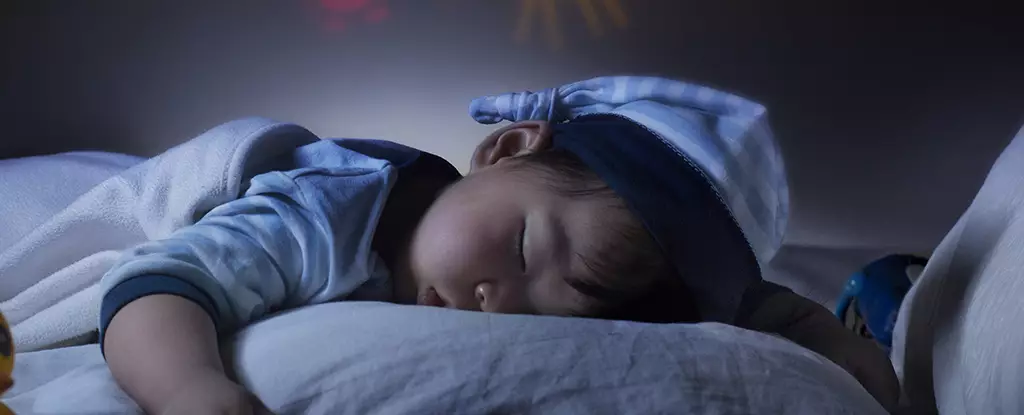Recent findings from a research team at the University of Toronto have sparked significant concern regarding the safety of children’s mattresses. Their study indicates that many new mattresses contain harmful chemicals linked to developmental issues, raising important questions about the safety protocols manufacturers adhere to. This alarming research measured the concentrations of semivolatile organic compounds (SVOCs) present in rooms where children aged six months to four years sleep. It uncovered potential health risks that parents can no longer afford to ignore.
Understanding the Chemicals: What We Discovered
The study meticulously analyzed 16 types of new mattresses and within the bedrooms of 25 children, uncovering over two dozen types of SVOCs. These compounds, often included for their ability to enhance durability or fire resistance, might inadvertently contribute to significant health issues like asthma and cognitive impairments in young children. Environmental chemist Miriam Diamond articulated a call to action for both manufacturers and policymakers, stressing the urgency for stringent measures to safeguard children’s sleep environments, crucial for healthy brain development.
The Link Between Sleep and Development
Sleep is a cornerstone of a child’s growth, particularly during infancy and early toddlerhood. The brains of young children are incredibly adaptable yet vulnerable during these formative years. It is inherently alarming that the spaces meant to nurture and protect them—such as their own beds—may be undermined by harmful substances. The identification of hazardous chemicals in mattresses serves as a poignant reminder of the need for vigilance about what surrounds our children, especially when considering their fragile state of development.
Sources of SVOCs and Their Impact
What is particularly concerning about this study is the discovery that additional bedding items—like pillows, blankets, and mattress protectors—may amplify the concentrations of these harmful SVOCs within the sleeping environment. Children, due to their rapid breathing rates and skin permeability, are especially susceptible to exposure. Therefore, parents should exercise caution in selecting bedding materials and be proactive in maintaining a cleaner, safer environment for their little ones.
Parental Guidance: What Parents Can Do
In light of these findings, the research team suggests practical measures for parents to mitigate potential exposure. Washing bedding more frequently and being discerning about the materials used can significantly reduce harmful chemical loads. Limiting the number of soft toys and other items within the sleeping space can also help create a safer microenvironment. Though these measures may seem straightforward, they play a pivotal role in ensuring the well-being of our children as they rest.
The Role of Manufacturers and Policy Makers
While parents can take steps to shield their children from these environmental hazards, there’s a clear demand for accountability at the manufacturing level. Staunch advocates for child health, including biophysical chemists like Arlene Blum, stress the need for manufacturers to reassess the materials used in creating mattresses. The fact that possibly toxic substances—like tris(2-chloroethyl) phosphate, which has been banned in Canada—are still present in products designed for vulnerable populations is deeply unsettling.
Creating Change for a Safer Future
This research is not only a clarion call for manufacturers to reformulate their products but also highlights the need for stricter safety standards. Organizations governing product safety must be willing to evolve and establish comprehensive regulations that prioritize the health of our children over market convenience. Such changes are vital, considering the long-lasting implications of early exposure to dangerous chemicals—a reminder that prevention starts with understanding the environment our children inhabit during their most vulnerable hours.
As concerns mount regarding the chemicals in children’s mattresses, it’s imperative for all stakeholders to work collaboratively toward a solution. Ensuring a safe, nurturing sleep environment is not merely a challenge; it is an obligation we have to our next generation.

